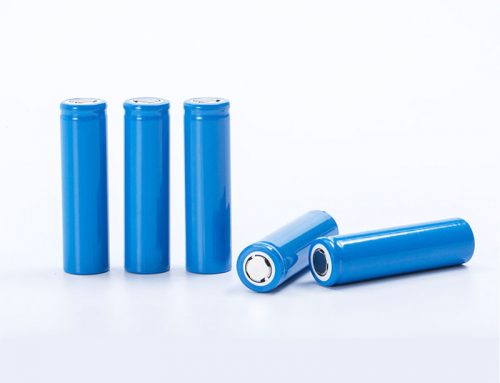- Should not cause a reaction with the electrolyte
- A low glass transition temperature(Tg) is preferred (-200 to 200-celsius degrees)
- Ion conduction ability preferred
- A high dielectric constant is preferred
- A high electrolyte impregnation rate(degree of swelling) by being gelled when impregnated with a liquid electrolyte
The binder polymer is not limited as long as it does not cause a side reaction with the electrolyte, but in particular, a glass transition temperature (Tg) as low as possible may be used, and is preferably in the range of -200 to 200°C. This is because the mechanical properties of the final insulating film can be improved.
In addition, the binder polymer does not necessarily have ion conduction ability, but it is more preferable to use a polymer having ion conduction ability. This is preferable in terms of capacity because, when the insulating film covers a part of the electrode, the lithium ion movement of the active material is also possible in that part.
Therefore, the binder polymer preferably has a high dielectric constant as possible, and since the degree of dissociation of salts in the electrolyte actually depends on the dielectric constant of the solvent of the electrolyte, the higher the dielectric constant of the polymer, the higher the degree of dissociation of salts in the electrolyte. The dielectric constant of the polymer can be used in the range of 1 or more, specifically 1.0 to 100 (measurement frequency = 1 kHz), and particularly preferably 10 or more.
In addition to the above-described functions, the binder polymer may have a characteristic capable of exhibiting a high electrolyte impregnation rate (degree of swelling) by being gelled when impregnated with a liquid electrolyte. In fact, when the binder polymer is a polymer having an excellent electrolyte impregnation rate, the electrolyte injected after battery assembly is permeated into the polymer, and the polymer containing the absorbed electrolyte has electrolyte ion conductivity. Therefore, if possible, a polymer having a solubility index of 15 to 45 MPa 1/2 is preferred, and 15 to 25 MPa 1/2 and 30 to 45 MPa 1/2 are more preferred. When the solubility index exceeds 15 MPa 1/2 and 45 MPa 1/2 , it becomes difficult to be impregnated by a conventional liquid electrolyte for a battery.
Examples of such a binder polymer include polyvinylidene fluoride-hexafluoropropylene (polyvinylidene fluoride-co-hexafluoropropylene), polyvinylidene fluoride-trichlorethylene (polyvinylidene fluoride-cotrichlorethylene), polymethylmethacrylate, Polyacrylonitrile, polyvinylpyrrolidone, polyvinylacetate, ethylene-co-vinyl acetate, polyethylene oxide, cellulose acetate , cellulose acetate butyrate, cellulose acetate propionate, cyanoethylpullulan, cyanoethylpolyvinylalcohol, cyanoethylcellulose, cyano Noethyl sucrose (cyanoethylsucrose), pullulan (pullulan), carboxyl methyl cellulose, acrylonitrile-styrene-butadiene copolymer, polyimide or mixtures thereof, etc. However, it is not limited thereto, and any material may be used alone or in combination as long as it has the above-described properties.
Source link:
https://patents.google.com/patent/KR20220034064A/en?q=anode+binders&assignee=LG+Energy+Solution%2c+Ltd.%2c&sort=new


